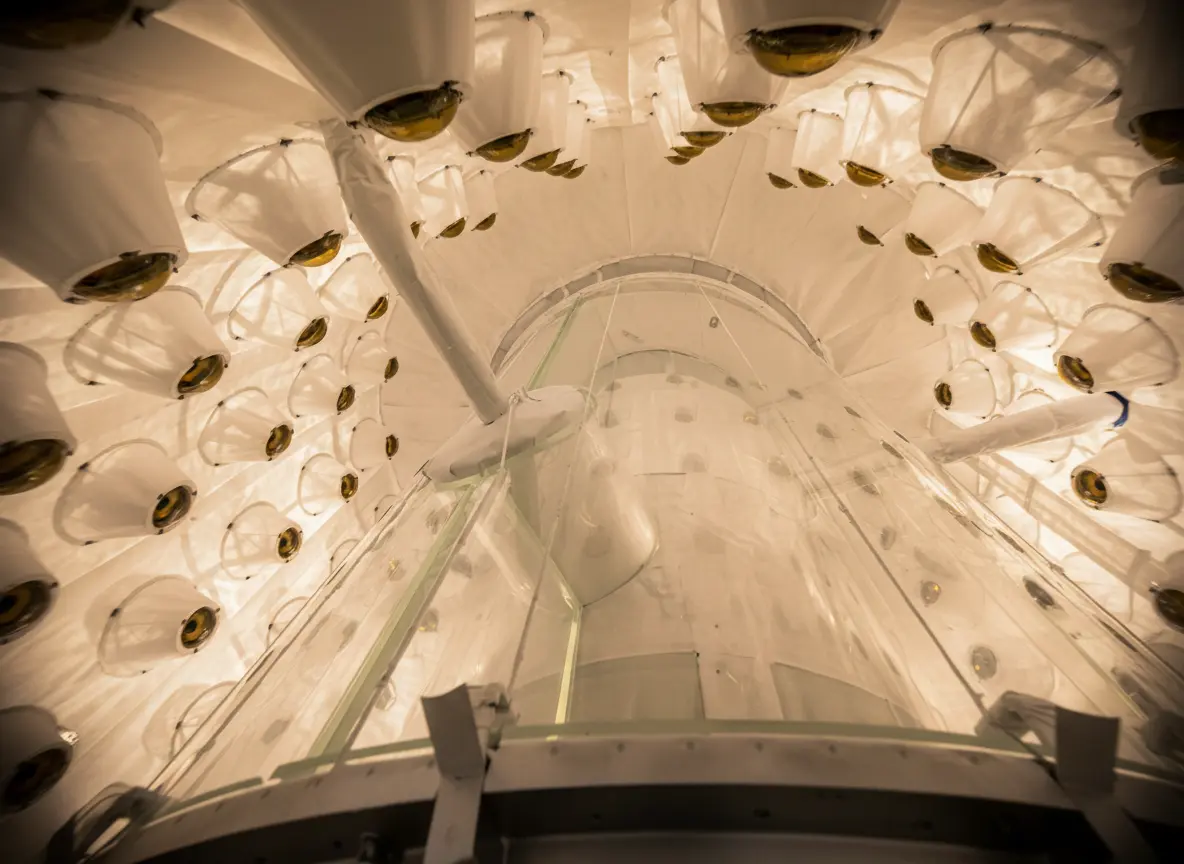A Cosmic Puzzle Below Ground
Understanding dark matter—that invisible something that makes up most of the mass in the cosmos—remains one of modern physics’ greatest challenges. The LUX-ZEPLIN (LZ) experiment, now considered the planet’s most sensitive dark matter detector, has just released new results that sharpen the hunt for a leading theoretical candidate: Weakly Interacting Massive Particles, most often known simply as WIMPs.
“We always hope to discover a new particle, but it’s just as important to define what dark matter could be,” explained Hugh Lippincott, an experimental physicist at the University of California, Santa Barbara (UCSB).
Scientists have been convinced of dark matter’s existence for decades, but directly detecting it remains trickier than finding a needle in a black hole. Dark matter shapes galaxies, stabilizes the universe’s vast structure, and yet—despite its starring role—resists being caught in the act.
The LZ Experiment: Digging Deep for Answers
LZ operates nearly a mile underground at the Sanford Underground Research Facility (SURF), South Dakota. There, safely shielded from background radiation, the detector watches for tiny signals that could betray a passing WIMP.
In its latest analysis, the team examined data collected over 280 days—adding 220 fresh days of observation between March 2023 and April 2024 to the initial 60 days of operation. By 2028, they expect to reach a whopping 1,000 days of measurements.
At the heart of the experiment are two titanium chambers filled with 10 metric tons of ultrapure liquid xenon—a dense, silent environment that lets LZ register even the faintest flashes of light that might result from a WIMP collision. Surrounding this, an outer detector (the OD) containing gadolinium-enriched scintillating liquid helps sort out genuine signals from the ever-annoying background noise.
The Art of Eliminating (Background) Noise
What makes LZ so sensitive? It’s all about reducing false alarms. Tucked deep underground, the detector is protected from cosmic rays, and its structure—built from thousands of low-radioactivity components—keeps natural environmental interference to a minimum. Each system layer serves a very particular purpose: blocking external radiation or detecting interactions that could masquerade as dark matter.
But even in this fortress, there are stealthy enemies. Chief among them are neutrons, those subatomic particles found in just about every atom, which can create signals frustratingly similar to what a WIMP might generate. To tackle this, UCSB scientists led the design of the crucial outer detector—a system essential for ruling out neutron interactions and verifying any potential real detections.
To guard against human error (and the temptation to see patterns that aren’t really there), the LZ team uses a technique known as “salting.” They deliberately introduce fake WIMP-like events into the data as it’s collected. Only at the end of the analysis—when the data is “desalted”—do the scientists discover which events were real. This approach keeps their interpretations truly impartial, a must when you’re working at the very edge of what’s knowable.
“We’re exploring a region where no one had searched before,” said Scott Haselschwardt, study coordinator. “When you work on the frontier of knowledge, it’s crucial to keep your objectivity.”
Next Steps: Beyond WIMPs and Toward Universal Mysteries
The latest LZ results sharply reduce what WIMPs can still be, helping to eliminate flawed models of the universe and steering the direction of future searches. But the detector’s capabilities go much further: LZ can register rare phenomena, like solar neutrinos or unusual decays of xenon isotopes.
The LUX-ZEPLIN collaboration brings together more than 250 scientists from 38 institutions across six countries. They’re not only continuing to collect data—they’re already developing an even more advanced, next-generation detector called XLZD. This leap promises to bring humanity one step closer to unlocking the nature of the cosmos’s invisible matter. After all, who says the universe doesn’t love a good mystery?

